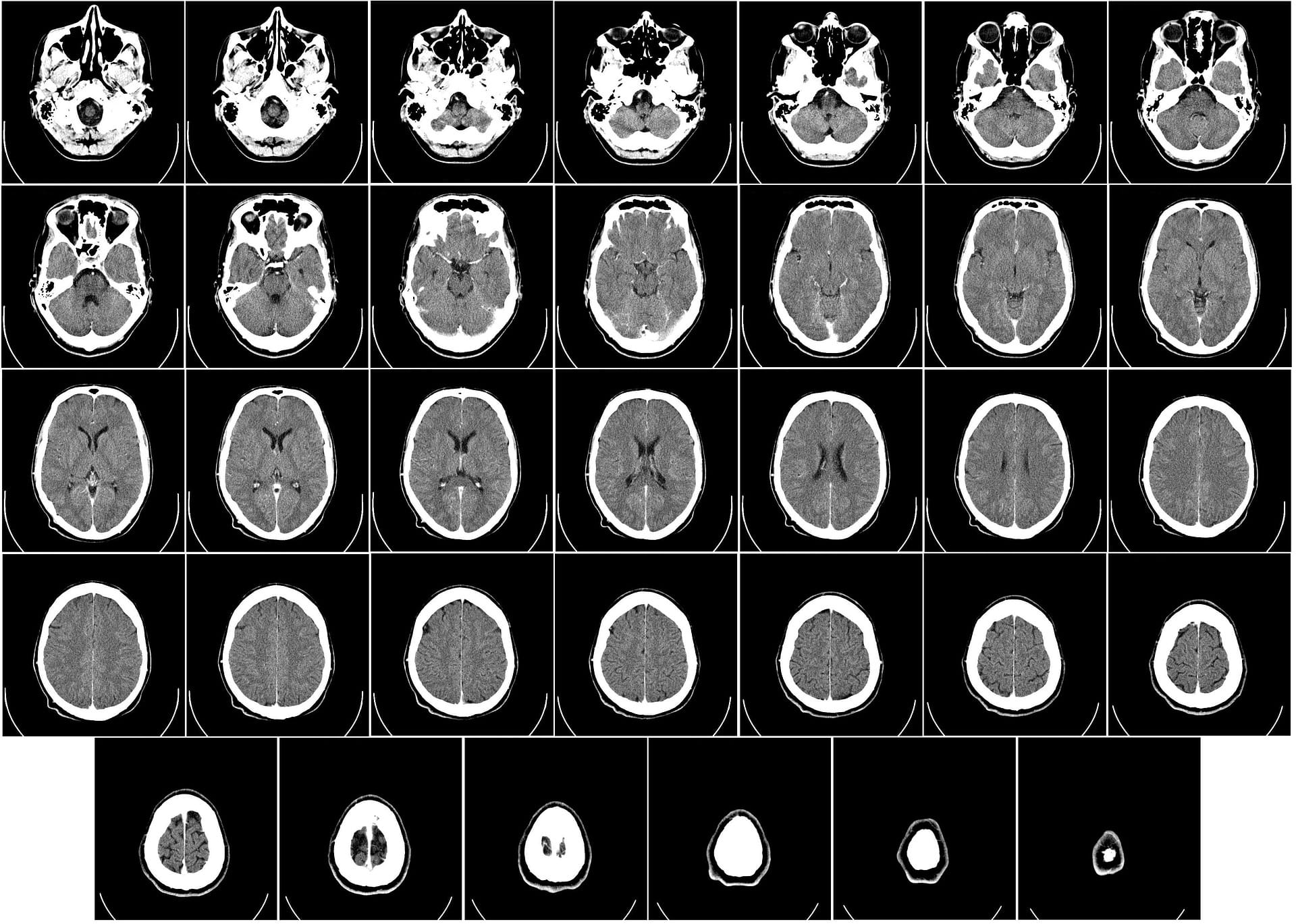
This is Part Three of The Head and Heart, the continuing story of my journey of recovery after brain surgery. In Part Two, I describe my initial experiences upon my return from the hospital and discover that any injury to the brain can make a huge impact on perception. In Part Three, I decide to seek help for my visible and not so visible injuries with grace and humility.
Getting My Thoughts Out
I’m from the “just walk things off” generation and so I felt I could recover on my own just fine. But I soon realized that I had no previous experience whatsoever in handling brain injuries, which was clearly not in the same category as a broken femur or stitches. Unfortunately, my doctor hadn’t really filled me in on what I might encounter post-surgery. The only advice she offered, other than no team sports for a year, was to see a speech pathologist and get assessed in a few weeks.
Plans were made. I had an appointment to see Melissa, a speech and language pathologist at the Center for Adult Communication Disorders. She helped me define my condition as a combination of expressive aphasia (trouble forming speech) and receptive aphasia (difficulty understanding speech, spoken or written).
- There is no medical “cure.”
- Problems communicating, both expressive and receptive, can last a considerable amount of time.
- Most people improve over time, particularly if speech therapy is provided.
- It does not affect intelligence and is independent of age, ethnicity, and gender.
Melissa offered strategies that would help me with everyday communication:
- Make sure I am facing the other person.
- Relax and stay calm.
- Visualize the word I can’t say, whether it’s a concept, place, or person.
- Avoid background noise/distractions when conversing with others when possible.
Emotional Repercussions

With the surgery and newfound communication issues, I needed someone to guide me through the emotional aspects of recovery. I was going through mood swings and finding difficulty dealing with my new restrictions. I was referred to Anita, a social worker who had experience helping traumatic brain injury patients and their unique circumstances.
Anita was kind of like someone’s hip grandma. She wore a clever scarf elegantly draped around her neck and she was very comfortable to talk to, and very compassionate. I told her about some of the crazy things I was experiencing and she always had a perfectly reasonable, scientifically backed explanation for it. For example, when I expressed hopelessness after finding out brain cells don’t regenerate after being destroyed like other organs, she explained the concept of neuroplasticity.
Neuroplasticity naturally occurs several times in a person’s life, most notably after any new learning experience, but also following any injury to the brain. So I just needed to be patient and my brain would rebuild all its neural connections with the help of reserve cells who were now being called to duty.
I then asked her why one day I seemed completely free of aphasia, and the next I’d be stammering over the phone, struggling to tell my mom how my day was. Of course, she had a perfectly sound explanation: recovery in TBI patients isn’t steady upward progress but closer to peaks and valleys. Well, that was mind blowing, and helpful to know because I was paranoid about the tumor returning. I was assured that what I was experiencing fell in the realm of normal.
In addition to our time together, Anita suggested I try group therapy. There was one available to TBI patients going back to work and it was her hope that I might benefit from being around others like myself. I was curious to know what it would be like talk to others also having trouble relating to friends and family, and though the thought of exposing myself to a roomful of strangers was somewhat terrifying, I tried it despite my fears.
It helped. I took comfort in knowing that we all had similar issues about how we wanted to be treated and respected, and I gained a better understanding of the term “deficit,” the term used for limitations after experiencing TBI. There was some discussion as well around aphasia, and an older stroke patient who told us he kept a notebook in his pocket at all times as an aid for remembering or communicating. Great advice for coping came up, but nothing specific to someone who had gone through a craniotomy. I stopped going after a few weeks, having little to offer stroke or concussion patients.
On My Own

Walking was the activity recommended for me, so I started as soon as I was settled at home. I was still wobbly and highly susceptible to overstimulation, so I only made it two houses away before I begged my husband to take me back to the safety of our house. Determined to build up my physical strength and coordination, we walked every day, first reaching one block, then two, then the entire circumference of the traffic islands. I held on to his arm at all times, plodding slowly like a couple of octogenarians. It was a good time for honest, open conversations about what had happened. Eventually he would test my returning cognitive skills, asking me to summarize “The Fog Horn,” a short story by Ray Bradbury.
“So the story begins with an older man and a younger man,” I started bravely, trying to picture the flow of events. “The older man is a lighthouse keeper and he asks the younger man to… to…,” What? What did he want the younger man to do? I tried not to get tangled up by unnecessary details that confused me and started again.
”Something happens every year. He sees something every year and he wants the young man to see it, too.” I paused again, valiantly searching my memory for actions and not powerful poetic narrative.
“What happens?” my husband asked patiently. A scene in the story appeared in my mind, of the Nessie-type creature swimming through hundreds of miles of dark ocean water on its yearly pilgrimage to visit what it thinks is the last of its kind. But on this last voyage out, it finds out it’s not real, and it never was. It was only the man-made structure of the lighthouse. I felt the awful weight of its loneliness crash into me like a wave hitting a sea wall, my chest tightening with unexpressed empathy.
“It’s very sad,” I said quietly.
I wanted to tell him how tragic the tale was and how the passage describing the beast’s mournful cry had moved me when I read it. I wanted to tell him how beautiful and dark I found the writing of Ray Bradbury, and maybe launch into other related topics of mutual interest. My mind danced wildly with thoughts I couldn’t communicate.
We walked for a few moments in silence. “You can try again tomorrow,” he said, and pulled me close.
Being patient with my deficits and my emotional state was definitely challenging. I constantly reminded myself that it could have been worse. Next week, I’ll talk about putting the last parts of the recovery puzzle in place as I take baby steps towards normal activities like driving, playing bass, and returning to my position as Mission Control at Detroit Labs.
